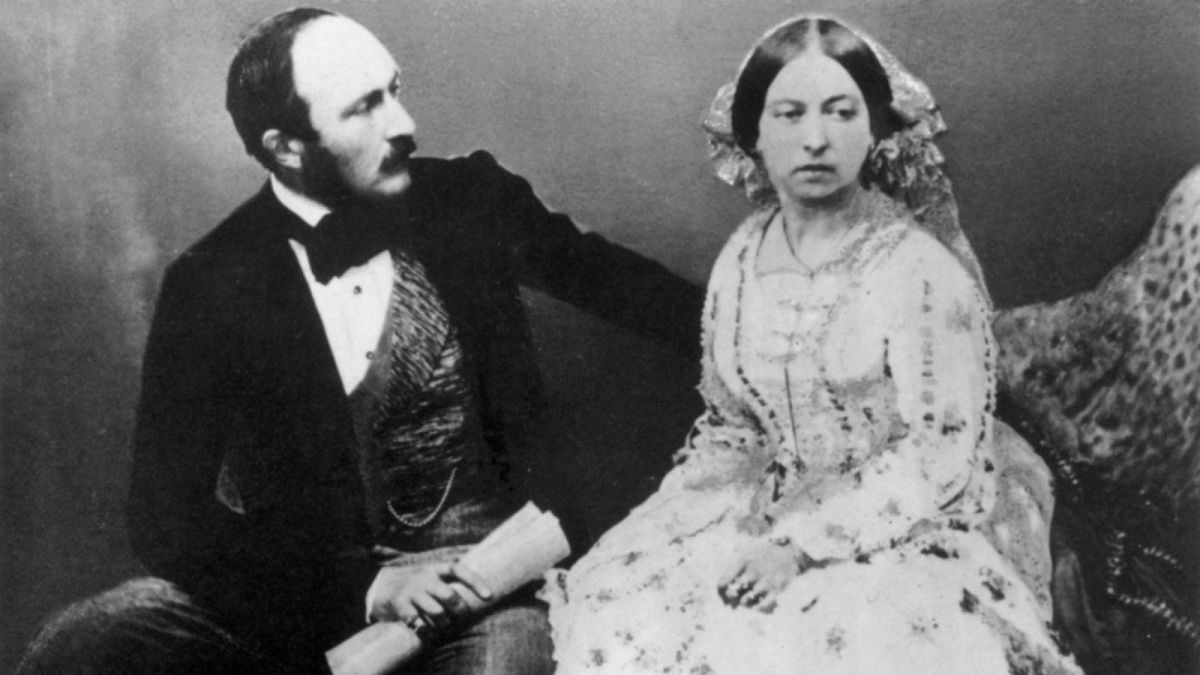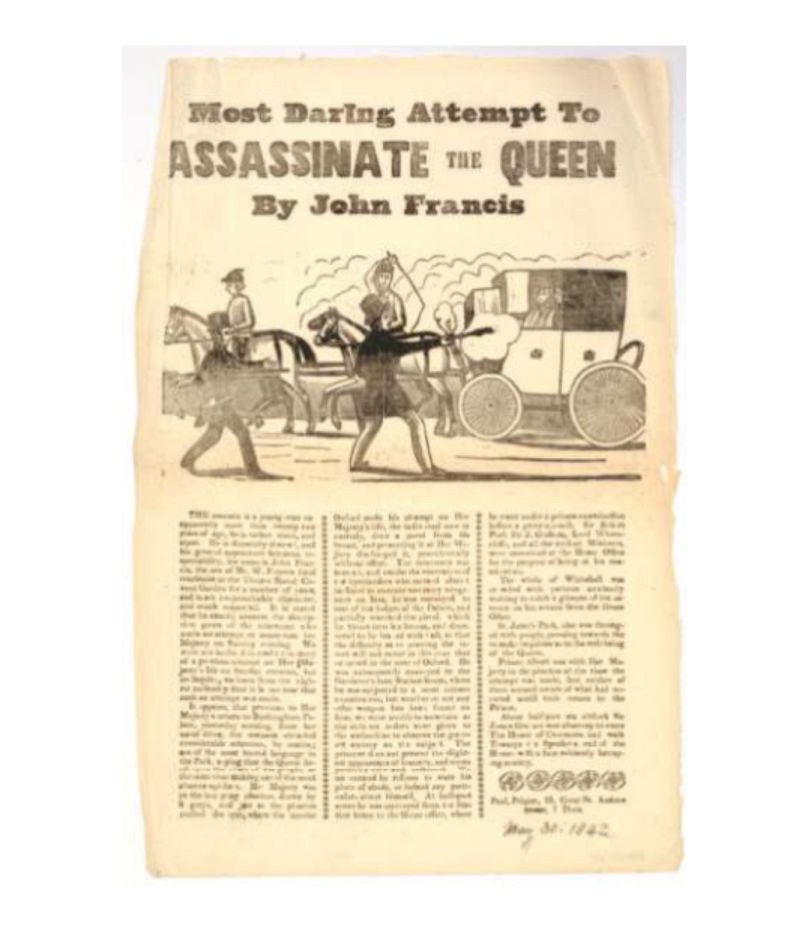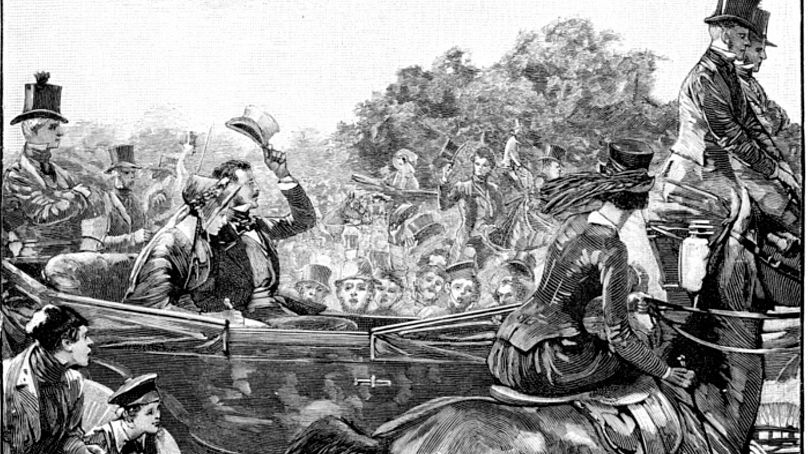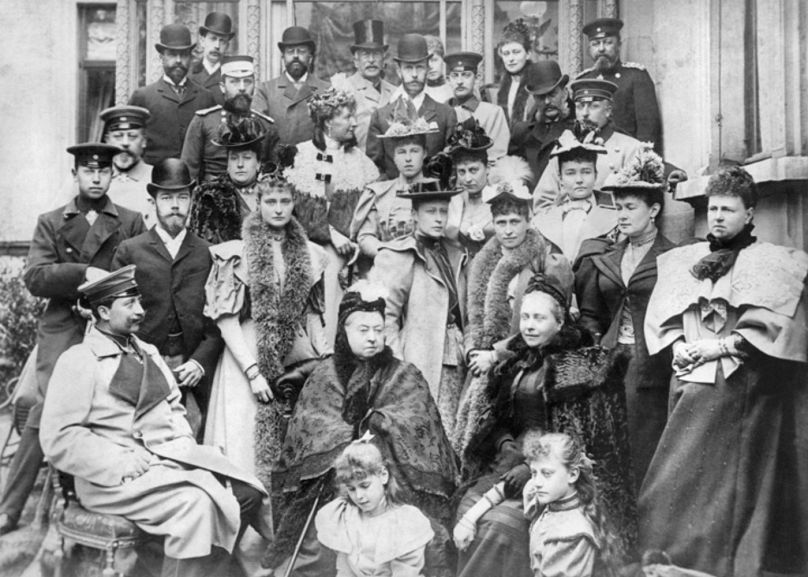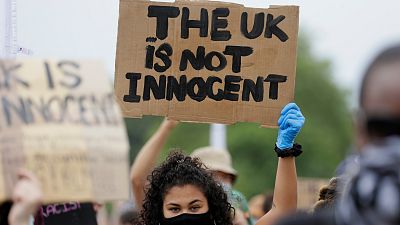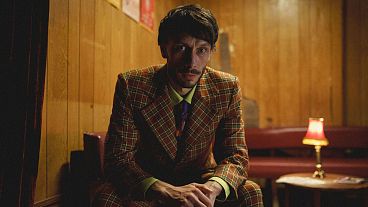On 30 May, 1842, Queen Victoria survived the second attempt on her life in as many days.
Many monarchs manage to avoid attempts on their lives for their entire reign, but Queen Victoria was not so lucky.
On 29 May, the British monarch was returning to Buckingham Palace after a church service with her beloved husband Prince Albert beside her in the royal carriage. Hiding as the horse-drawn vehicle made its way down The Mall in London, John Francis, a 20-year-old cabinetmaker - described by Albert as “a little, swarthy, ill-looking radical” pointed a gun at the Queen.
When the weapon failed to fire, Francis fled the scene and disappeared into crowds in nearby Green Park.
Immediately after the event, the then-Prime Minister Robert Peel - widely regarded as the father of modern British policing - agreed to help in identifying the culprit.
Clearly, that wasn’t enough as, when Victoria and Albert decided to ride out again the next day, escorted by only two outrider equerries, John Francis took his chance at killing the monarch once again.
While some may say the decision was foolish, the famously stubborn Queen Victoria refused to be confined to Buckingham Palace until the perpetrator was caught, rightly believing the best way to flush him out was to leave.
The royal pair were no doubt nervous but, unbeknownst to Francis, the crowds watching the royal pair pass by were infiltrated with plain-clothed Metropolitan police officers. After firing his gun and missing - again - the attempted-killer was wrestled to the ground by law enforcement, just five paces away from the carriage containing Victoria and Albert.
The hapless would-be-assassin was initially sentenced to be hanged, drawn and quartered but the Queen later showed mercy towards him, commuting the sentence to banishment for life. Francis lived out the rest of his 63 years in Australia, remaining there until his death in 1885.
Remarkably, Francis’ two attempts on the Queen’s life were not isolated incidents.
Just two years before, in June 1840, 18-year-old barkeep Edward Oxford fired his duelling pistol at Victoria, who was four months pregnant with her first child, also called Victoria. Just outside the gates of Buckingham Palace, Oxford fired twice at the monarch but missed both times - the second down to Victoria’s quick decision to duck from the assailant.
After the attack, a crowd surrounded the shooter and tackled him to the ground, while Victoria and Albert continued on their planned journey to Hyde Park. At the time, Prince Albert wrote, “We took a short drive through the park, partly to give Victoria a little air, partly also to show the public that we had not, on account of what had happened, lost all confidence in them”.
Edward Oxford, said to be seeking notoriety, was found guilty but insane and spent 24 years in an asylum, later to be deported to Australia.
Despite the concerning attacks, a further five attempts were made on the Queen’s life over her 63 year rule.
Just five weeks later, 17-year-old John William Bean, who was suffering from spinal deformity and was desperate for a new life - even if that meant a life in jail - also shot at the monarch. After his attempt was foiled, he was sentenced to 18 months of hard labour.
Possibly due to increased security around the Queen, the attempted assassinations became much further spaced out, with shots fired in 1849, 1872 and 1882. Only in 1850 did an assailant use something other than a gun while trying to kill Victoria - and, interestingly, it was the only occasion in which she was actually hurt.
On 27 June that year, former British Army officer Robert Pate, who struggled with his mental health and was widely known for his manic behaviour, approached the Queen outside Cambridge House in central London, striking her on the forehead with his lightweight cane.
As the crowd dealt with Pate, Victoria found her footing and told onlookers, “I am not hurt” - despite the bruising and black eye that were beginning to show on her face.
Robert Pate was sentenced to seven years in the penal then-colony of Van Diemen's Land, now known as Tasmania.
Despite the numerous attempts on Queen Victoria’s life, she lived to the ripe old age of 81, dying at her residence on the Isle of Wight 22 January 1901. Her reign was longer than any of her predecessors and was only surpassed last year by Queen Elizabeth II, who spent 70 years and 214 days on the British throne.
